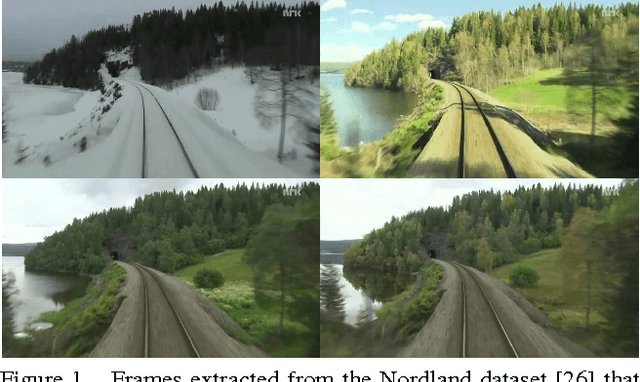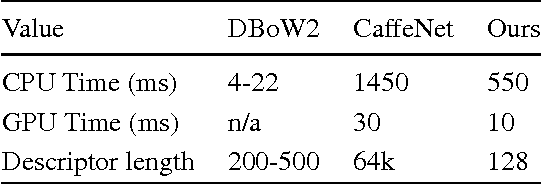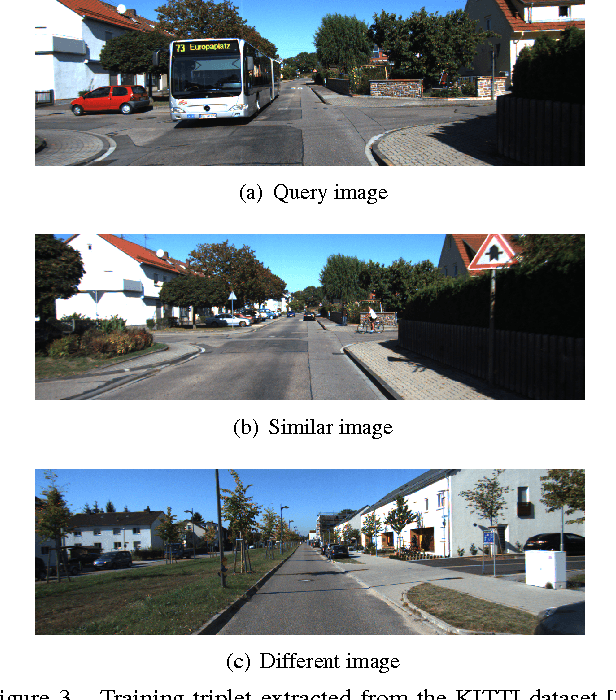Manuel Lopez-Antequera
A Push-Pull Layer Improves Robustness of Convolutional Neural Networks
Jan 29, 2019



Abstract:We propose a new layer in Convolutional Neural Networks (CNNs) to increase their robustness to several types of noise perturbations of the input images. We call this a push-pull layer and compute its response as the combination of two half-wave rectified convolutions, with kernels of opposite polarity. It is based on a biologically-motivated non-linear model of certain neurons in the visual system that exhibit a response suppression phenomenon, known as push-pull inhibition. We validate our method by substituting the first convolutional layer of the LeNet-5 and WideResNet architectures with our push-pull layer. We train the networks on nonperturbed training images from the MNIST, CIFAR-10 and CIFAR-100 data sets, and test on images perturbed by noise that is unseen by the training process. We demonstrate that our push-pull layers contribute to a considerable improvement in robustness of classification of images perturbed by noise, while maintaining state-of-the-art performance on the original image classification task.
Training a Convolutional Neural Network for Appearance-Invariant Place Recognition
May 27, 2015



Abstract:Place recognition is one of the most challenging problems in computer vision, and has become a key part in mobile robotics and autonomous driving applications for performing loop closure in visual SLAM systems. Moreover, the difficulty of recognizing a revisited location increases with appearance changes caused, for instance, by weather or illumination variations, which hinders the long-term application of such algorithms in real environments. In this paper we present a convolutional neural network (CNN), trained for the first time with the purpose of recognizing revisited locations under severe appearance changes, which maps images to a low dimensional space where Euclidean distances represent place dissimilarity. In order for the network to learn the desired invariances, we train it with triplets of images selected from datasets which present a challenging variability in visual appearance. The triplets are selected in such way that two samples are from the same location and the third one is taken from a different place. We validate our system through extensive experimentation, where we demonstrate better performance than state-of-art algorithms in a number of popular datasets.
 Add to Chrome
Add to Chrome Add to Firefox
Add to Firefox Add to Edge
Add to Edge